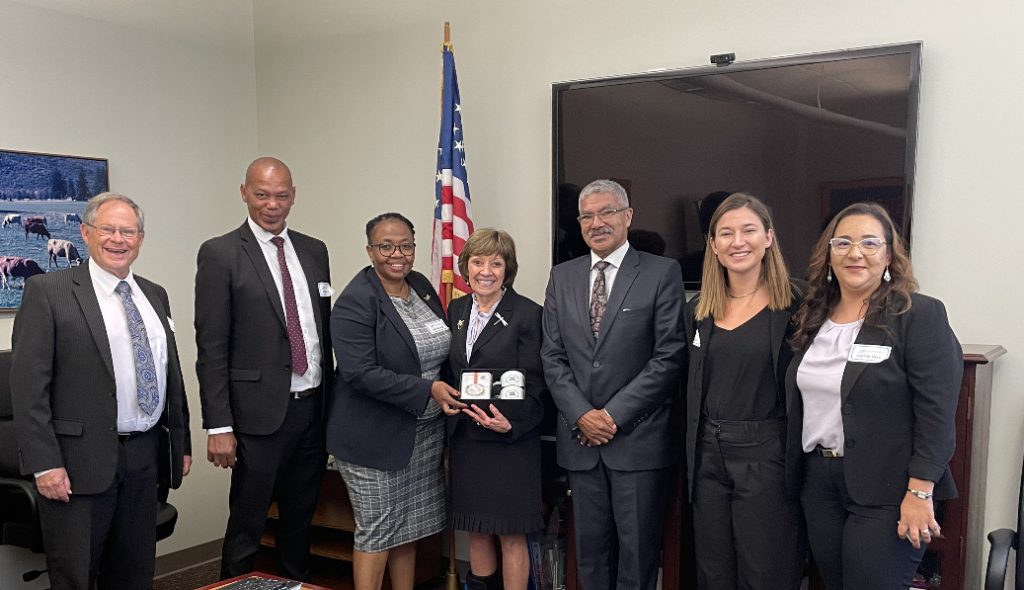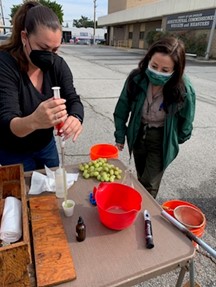News Release from Governor Newsom’s office (May 17, 2023)
WHAT TO KNOW: Amid ongoing flood impacts in the Central Valley, the state is extending flood diversion flexibilities implemented for the Tulare Lake Basin to the San Joaquin River Basin as the latter faces increased flood risks due to snowmelt. Today’s order finetunes flood diversion and groundwater recharge efforts based on the latest information and responds to a local request for Kern River floodwater to be allowed into the California Aqueduct to reduce flows into the Tulare Lake Basin.
SACRAMENTO – In response to the latest runoff conditions and flood impact modeling, Governor Gavin Newsom today signed an executive order updating and extending recent emergency actions to allow expedited floodwater diversion, debris removal, levee repairs and other flood preparation and response activities in the Tulare Lake and San Joaquin River Basins, and to allow diversion of floodwater for groundwater recharge purposes statewide.
Today’s order extends to the San Joaquin River Basin floodwater diversion waivers included in a prior executive order covering the Tulare Lake Basin. The San Joaquin River Basin may face increased flood risk as the historic snowpack in the Sierra Nevada continues to melt. The order includes refined requirements for new flood diversion and groundwater recharge efforts in the Tulare Lake and San Joaquin River Basins to protect water quality, infrastructure and wildlife habitats.
“With flooding impacts expected to continue into the summer, California is committed to supporting robust preparation, response and recovery efforts in this hard-hit region, and to using floodwaters to recharge our critical groundwater supplies where it’s safe to do so,” said Governor Newsom. “We’ll continue working with local partners to protect lives and livelihoods on the ground while advancing investments to protect communities throughout the state from future flooding.”
At the request of the Kern River Watermaster, the order also facilitates diversions of water into the Kern River Intertie which connects to the California Aqueduct, a part of the State Water Project system. These diversions will reduce the amount of excess Kern River water that could otherwise contribute to flooding in the Tulare Lake Basin. State agencies are working with the Kern River Watermaster to implement the use of the intertie as soon as this week.
The full text of today’s executive order can be found here.
Last week, Governor Newsom announced new proposed investments for a total of $492 million in budget funding to support the response to flood impacts throughout the state and help communities build resilience to future floods. This includes funding for multi-benefit floodplain reconnection and habitat restoration projects in the San Joaquin and Tulare Basins. In addition, the state will provide funding to raise a levee in Corcoran that is critical to maintaining public safety in the Tulare Basin region.
The Administration is also proposing legislation that codifies provisions from the March 10 executive order that set clear conditions for diverting floodwaters for groundwater recharge without permits or affecting water rights. With DWR projecting continued flooding impacts in the coming months, the state continues to support and conduct operations to forecast flood impacts and provide technical assistance and flood fighting materials to help protect communities and infrastructure.
###







